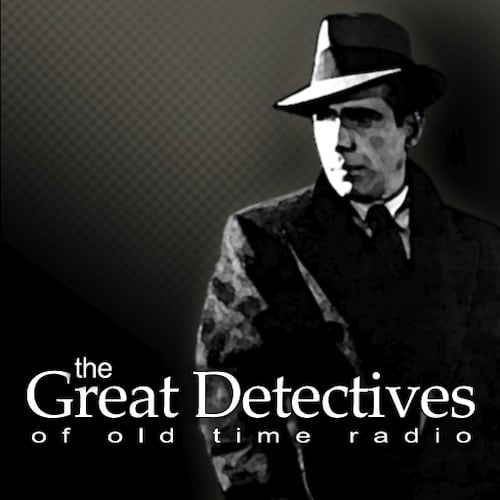This DVD set brings viewers all six of the Hildegard Withers mystery movies that were released in the 1930s. The series began in 1932 with Edna May Oliver in the role of Hildegard Withers and James Gleason as Inspector Oscar Piper. Oliver was succeeded in the lead role by Helen Broderick and then Zasu Pitts with Gleason continuing the whole run.
Each film was very much of its era. The acting from the supporting cast in the early films showed the struggle of many actors to adjust to the fact that talking films were different, so there’s a lot of over-acting. There’s also quite a bit of melodrama in the plots (although the ending to the first film The Penguin Pool Murders cut against that grain.) Inspector Piper is, in many ways, typical of movie police inspectors of the era. He always accused the right person of committing the crime because he always accused everyone of committing the crime.
The strength came down to the lead actress. Edna May Oliver elevated these films above the typical mysteries that dominated this era. Her take on Hildegard Withers was perfect. She was a proper middle-aged school teacher who was used to being listened to and commanded respect as she would speak to any man as if she were their stern school teacher rather than just a school teacher. She had both a sharp tongue and a sharp mind. Oliver’s delivery is a joy to hear.
At the same time, she had a streak of romanticism about her, as well as a caring nature. Oliver played great off Gleason as the two worked together to solve the case and were also gently competitive and even romantic.
Oliver was replaced by Helen Broderick whose one outing in, “Murder on the Bridal Path,” was fairly unremarkable. Zasu Pitts took over the role and the production took an interesting turn. Pitts was known for playing somewhat ditzy comedic roles and was also several years younger, so her Hildegard Withers is a much more flighty character than how Oliver played her, and Inspector Piper is actually the key figure in solving the case in Pitts’ first outing as Withers in, “The Plot Thickens.”
While I didn’t care much for Pitts’ first turn as Withers, her second (and last), “Forty Naughty Girls,” is actually pretty good. It’s about a murder at a Broadway play. Piper begins the investigation while the play is still going on. Withers smells perfume at the scene of the murder and goes and smells every woman on the stage in search of one that could provide a clue. The movie clocks in at just over an hour and the entire film is set in that one setting over the course of about an hour, so the movie goes along at an almost real time pace. While Pitts plays Withers a bit smarter, it’s still not at the level set by Oliver. It feels like Pitts is playing Pamela North from the Mr. and Mrs. North TV series.
Overall, the three Oliver films are very good and the others are okay for the most part. The more you enjoy films from the early to mid-1930s, the more you’ll get out of this set. My only complaint is that they didn’t get the rights to the Eve Arden Hildegard Withers telefilm for this set and include it in the release.
Rating: 3.5 out of 5.0
This post contains affiliate links, which means that items purchased from these links may result in a commission being paid to the author of this post at no extra cost to the purchaser..
If you enjoyed this post, you can have new posts about Detective stories and the golden age of radio and television delivered automatically to your Kindle.
